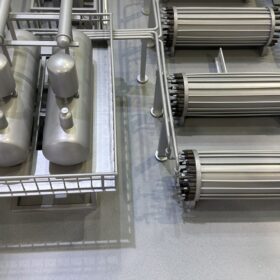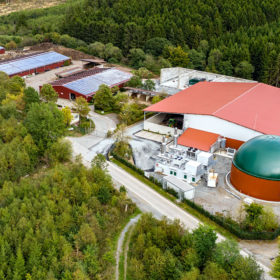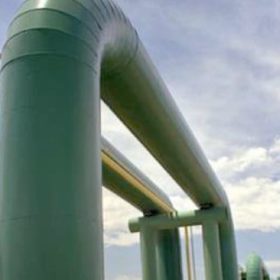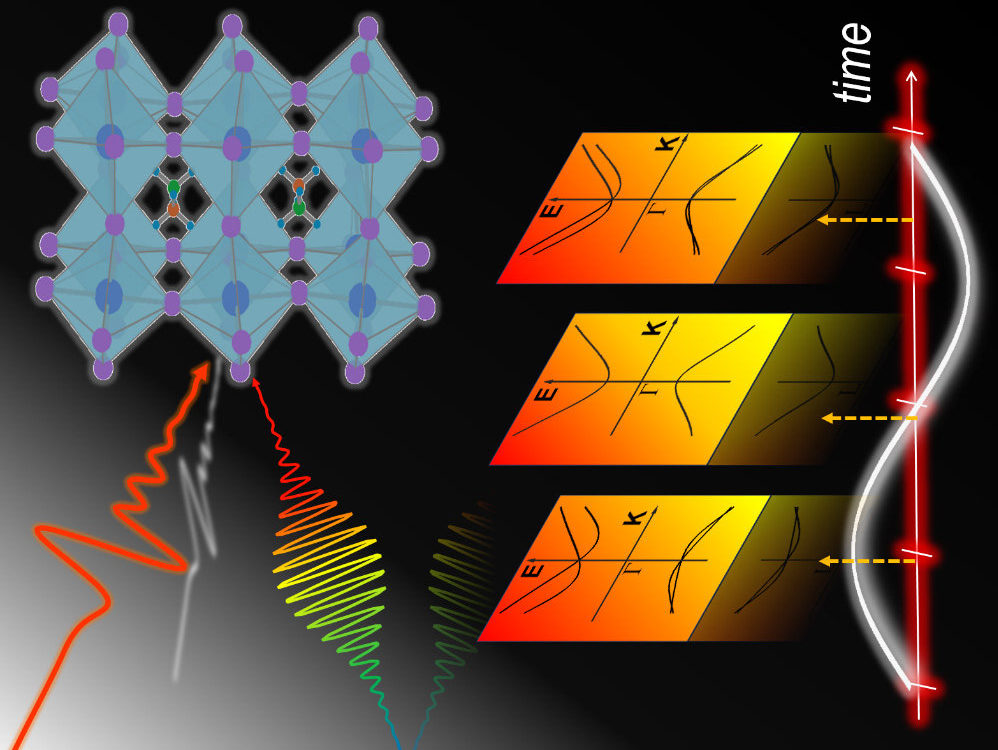Is Trump just a bump in the road for US solar?
The second Donald Trump administration has put up roadblocks to clean energy investment but renewable energy analysts say superior technology and its economic benefits will ultimately prevail.
The Hydrogen Stream: TalusAg starts green ammonia production in Iowa
Landus and TalusAg have launched commercial green ammonia production in Iowa, backed by US federal clean hydrogen tax credits, while Iberdrola España and BP have started building Spain’s largest green hydrogen project, with 25 MW of capacity.
The Hydrogen Stream: US government offers $2.2 billion for H2 hubs
The US Department of Energy has revealed plans to allocate up to $1.2 billion for a hydrogen hub in Texas and the Gulf Coast and up to $1 billion for a similar project spanning Illinois, Indiana, Iowa, and Michigan.
The Hydrogen Stream: US researchers explore trapped geologic hydrogen
US researchers have started studying hydrogen formation in the Midcontinent Rift in the United States, while Dutch scientists have discovered that hydrogen emissions from industrial complexes are higher than previously estimated.
Hybridizing anaerobic digestion with photovoltaic-thermal energy
Scientists in Spain have proposed to combine anaerobic digestion plants with photovoltaic-thermal panels and have found that this combination may achieve an LCOE of $0.045/kWh across several locations in Europe and North America.
The Hydrogen Stream: Chinese companies push for hydrogen transport
CNPC and Sinopec are working on transporting hydrogen via pipelines, while Matrix Renewables has expanded its green hydrogen partnership with Rolwind Renovables.
A new path opens to perovskite development
Scientists in the United States claim to have proven the existence of an atomic-scale phenomenon in a perovskite material. Using powerful, ultra-fast bursts of light, the group was able to capture images of the ‘Rashba effects’ within the material. The researchers say the phenomenon could be harnessed to create new opportunities for PV and other perovskite-based devices.
Ames Laboratory researchers can ‘see’ light hitting a solar cell
As part of its research into organometal halide perovskites, the U.S Department of Energy’s Ames Laboratory has developed a spectroscopic technique which it says can ‘capture the moment, less than one trillionth of a second, where a particle of light hits a solar cell and becomes energy.’
Solar, wind meet more than 10% of U.S. electric demand in March
This is the first time that U.S. wind and solar have met more than 10% of demand in a single month; however individual states led by California and Iowa have reached much higher penetrations.









